
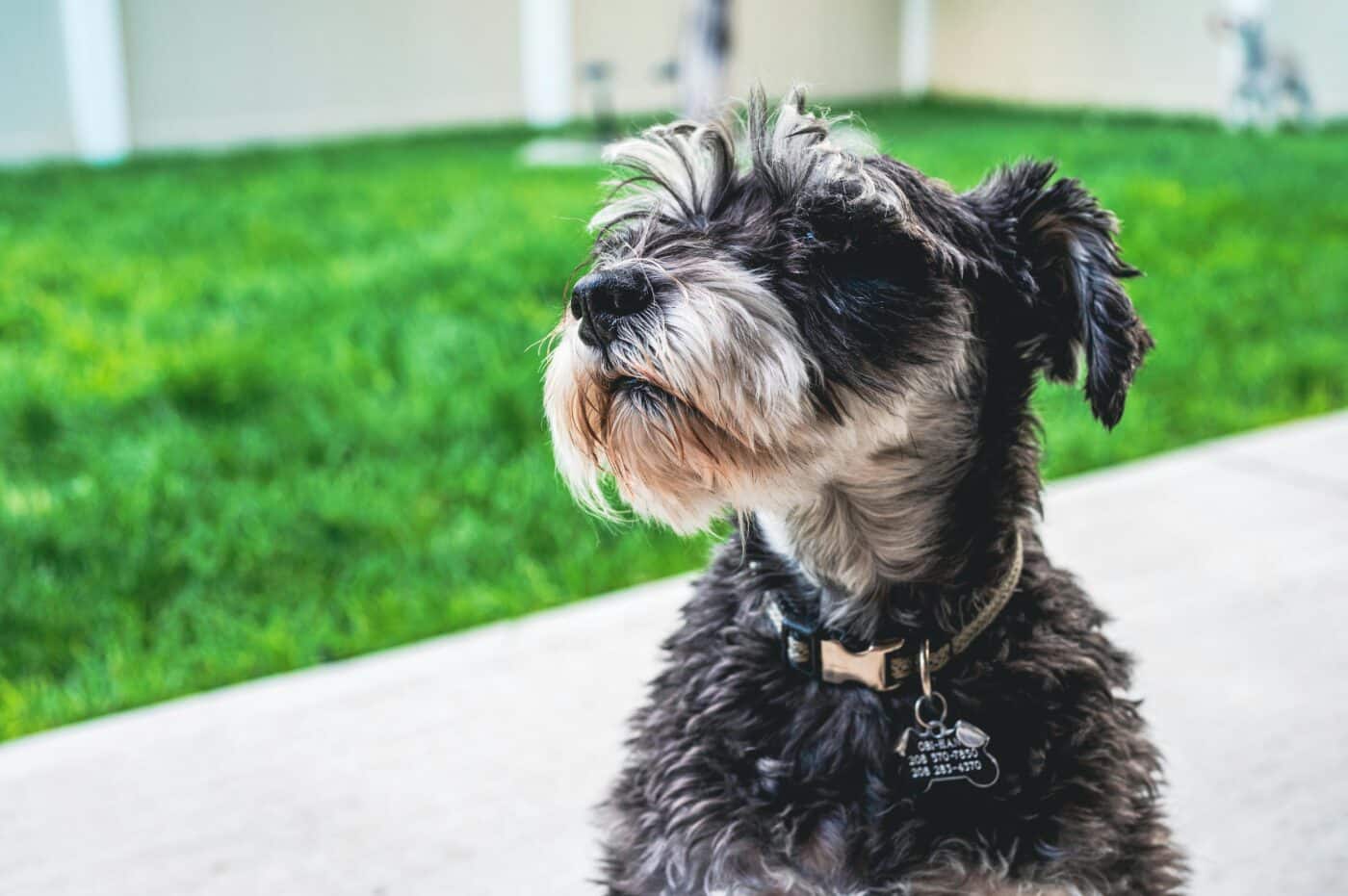
Bringing a rescue dog into your home is incredibly rewarding but requires patience, understanding, and effort to help them adjust. Many rescue dogs come from challenging backgrounds, such as neglect or abandonment, making their transition into a new home difficult. They may feel anxious, scared, or uncertain, and it’s your role to provide the love and stability they need. Helping a rescue dog adjust is more than just offering food and shelter; it’s about building trust, creating routines, and providing a safe space to feel secure and thrive.
Create a Safe Space
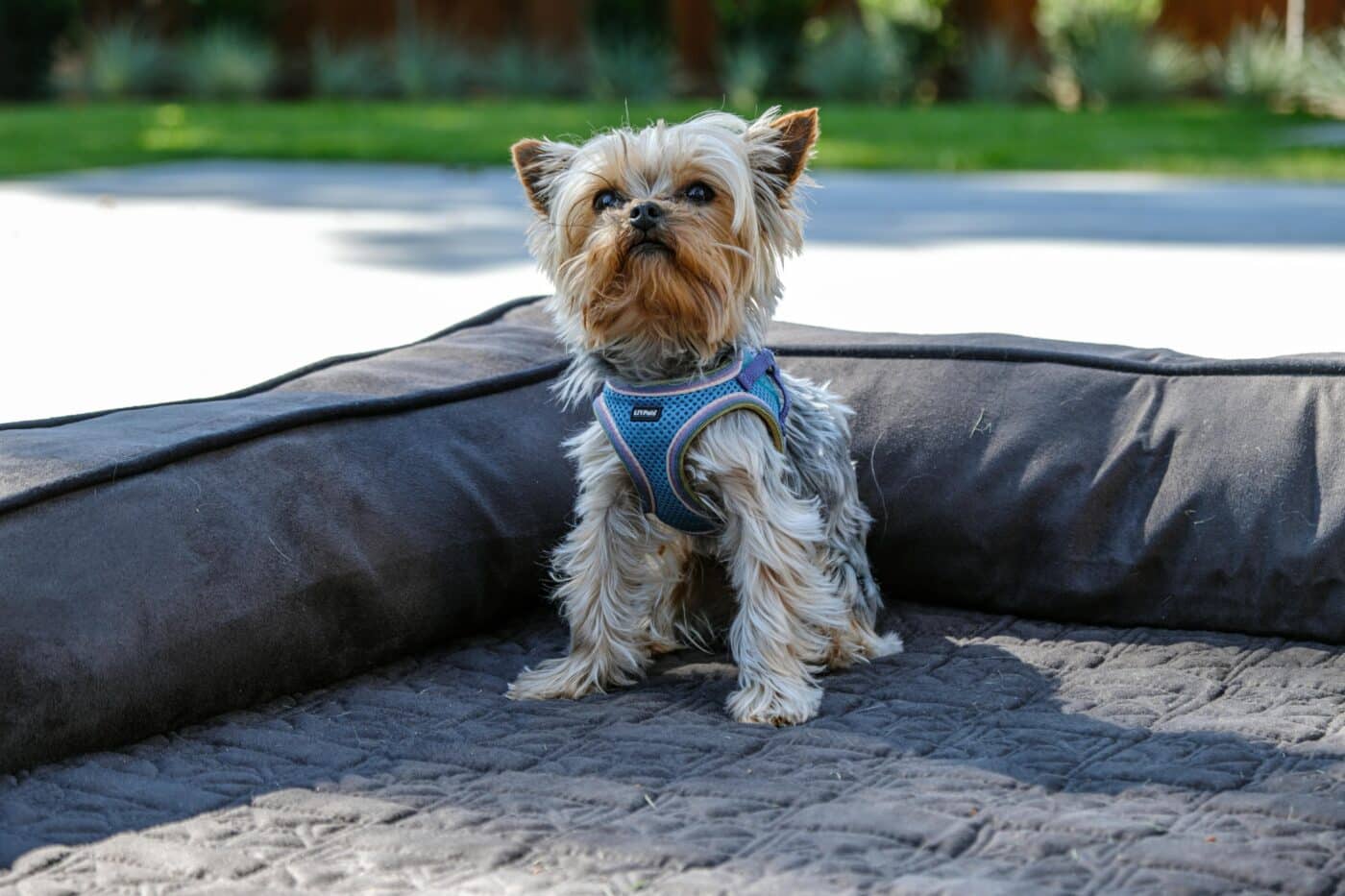
When a rescue dog enters your home, one of the first things they need is a space where they can feel safe. Setting up a designated area where your dog can retreat, such as a crate or a quiet corner with a comfortable bed, can help them feel secure. Rescue dogs may feel overwhelmed by their new surroundings, so having a space to call their own is important for reducing anxiety. This space should be free of distractions, loud noises, and heavy foot traffic. Ensure they have access to food, water, and toys, but don’t force them to engage—let them explore at their own pace.
Establish a Routine
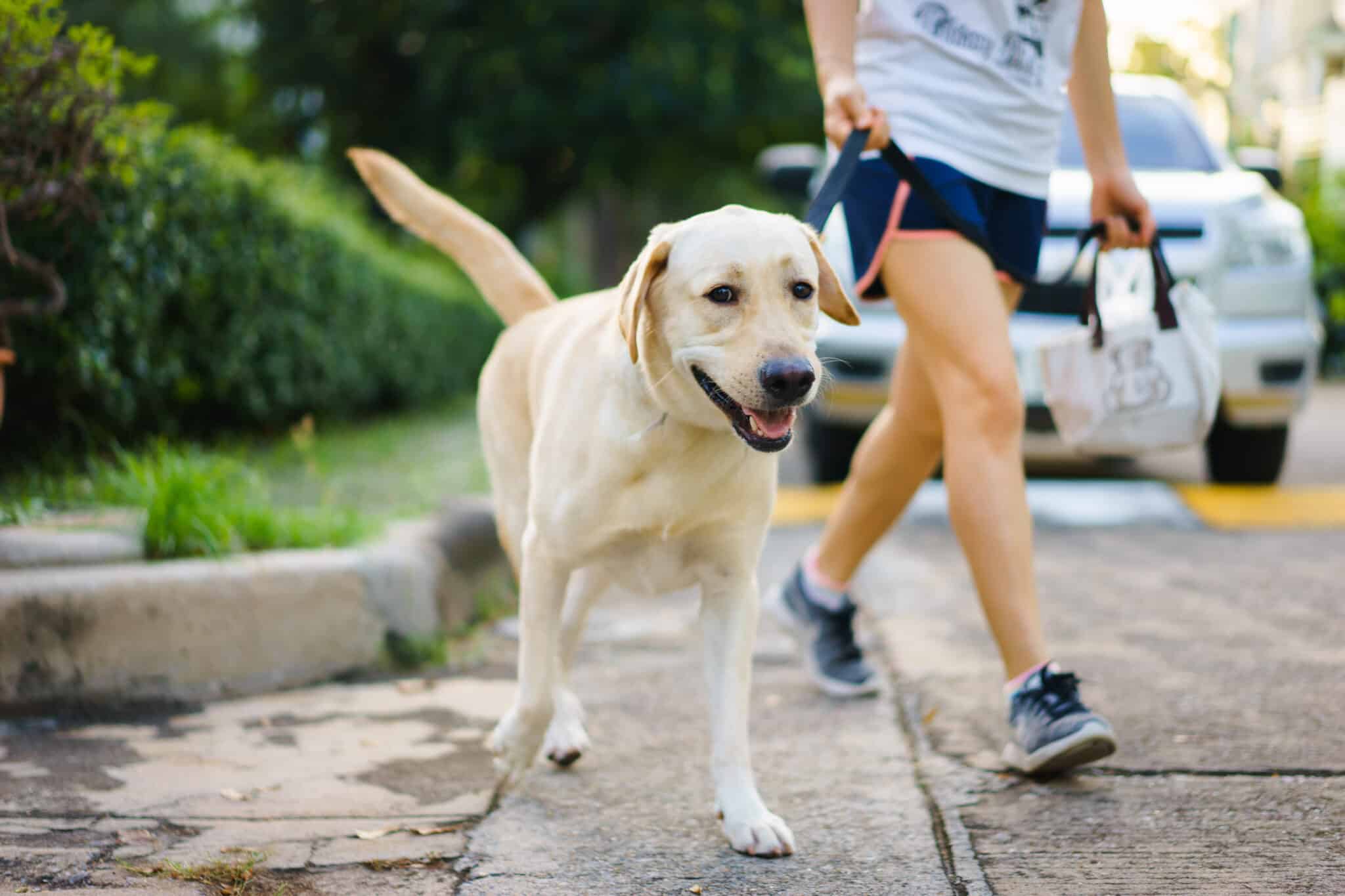
Dogs thrive on routine, especially rescue dogs who may have come from unpredictable or chaotic environments. Establishing a daily routine for feeding, walking, and bedtime will help your rescue dog understand what to expect and feel more secure in their new home. A consistent routine provides structure, which can alleviate anxiety and confusion. As your rescue dog becomes more familiar with the schedule, they will relax and settle into their new life. A regular routine also helps with potty training, behavioral development, and building a bond of trust.
Give Them Time and Patience

It’s natural to want to shower your new rescue dog with affection, but sometimes, they need space and time to adjust at their own pace. Rescue dogs may feel nervous or unsure, especially if they’ve had negative experiences with humans. Don’t overwhelm them with too much attention or activity right away. Instead, allow them to come to you when they feel ready. Building trust takes time, and forcing interaction can delay progress. Patience is key—let your dog approach situations on their terms, and always offer positive reinforcement when they become more comfortable.
Keep Introductions Calm
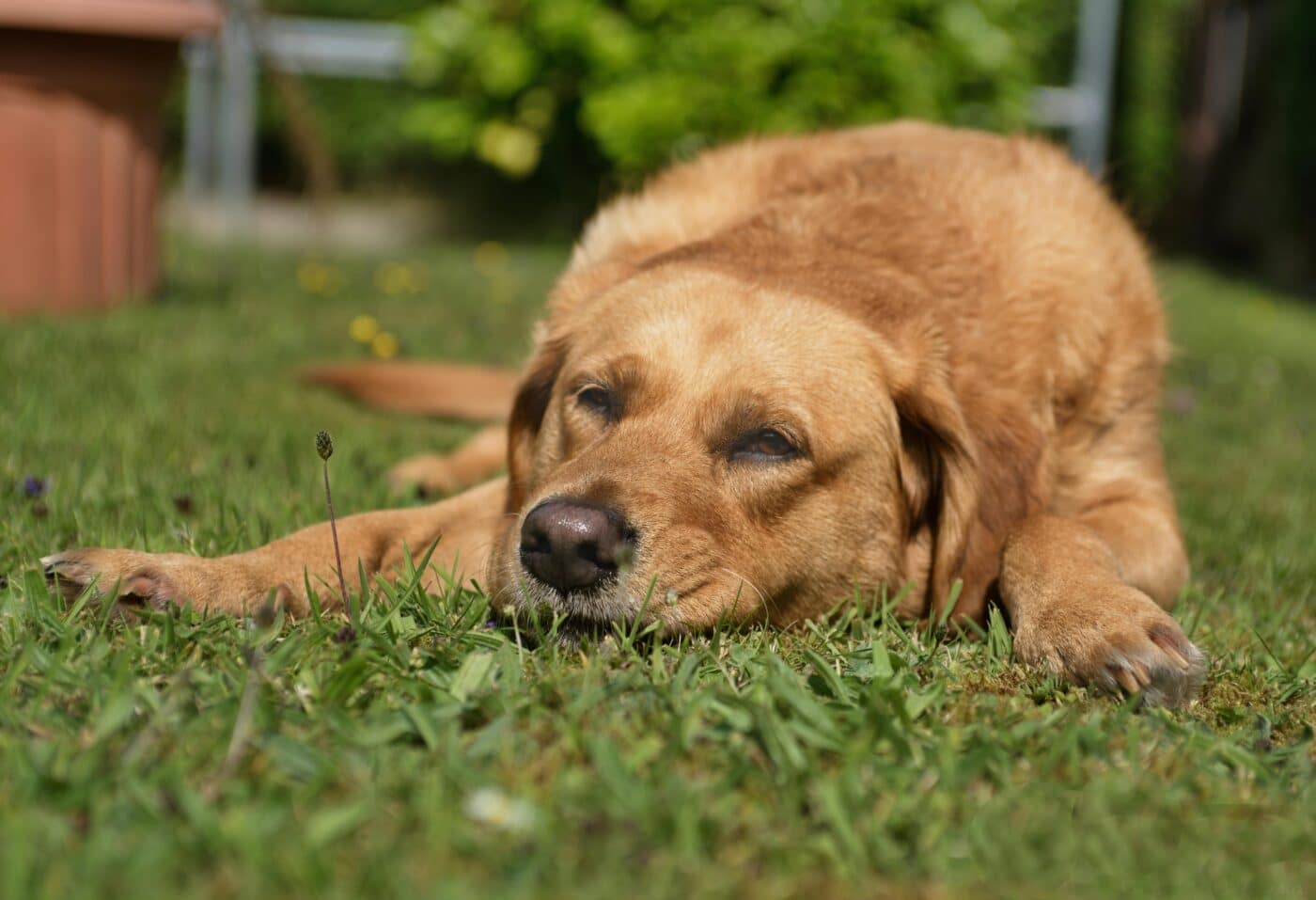
If you have other pets or family members, introducing them to your rescue dog should be done calmly and calmly. Rescue dogs may be wary of new people or animals, and rushing the introduction can cause stress or trigger defensive behaviors. Start with short, supervised interactions and monitor your dog’s body language. If they seem uncomfortable, give them space and try again later. Gradual introductions help your dog build confidence and feel more comfortable with their new family members. It’s important to remember that every dog adjusts at their own pace, so don’t rush the process.
Offer Positive Reinforcement
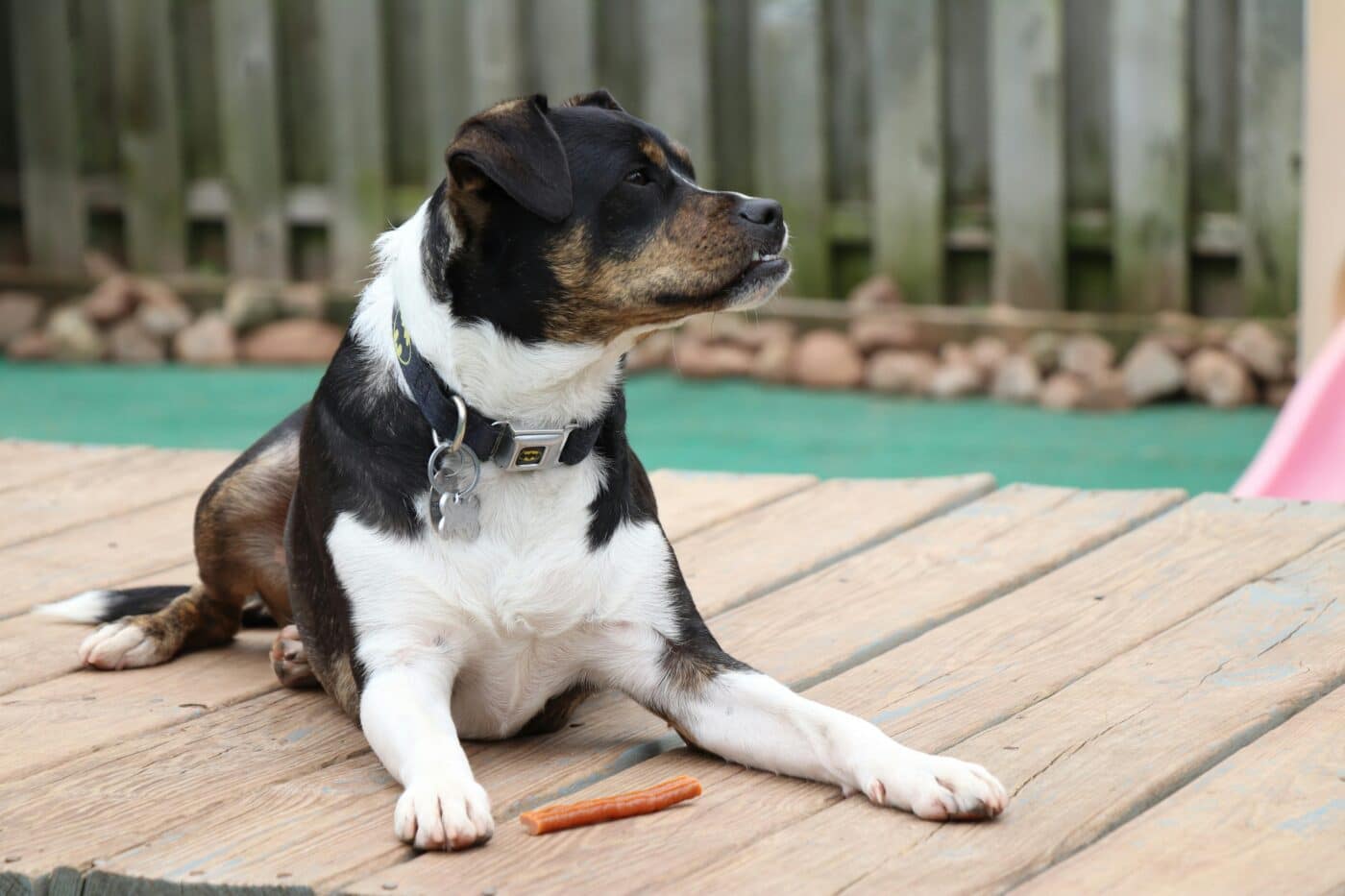
Positive reinforcement is one of the most effective ways to help your rescue dog adjust to their new home. Reward your dog with treats, praise, or toys when they display desirable behaviors, such as sitting calmly, responding to commands, or showing signs of relaxation. Positive reinforcement helps your dog associate good behavior with rewards, making them more likely to repeat those actions. It also strengthens your bond, as your dog will begin to trust and understand that they are in a safe, loving environment where good things happen. Avoid punishment or harsh corrections, as these can set back progress and damage your relationship with your dog.
Gradual Exposure to New Environments
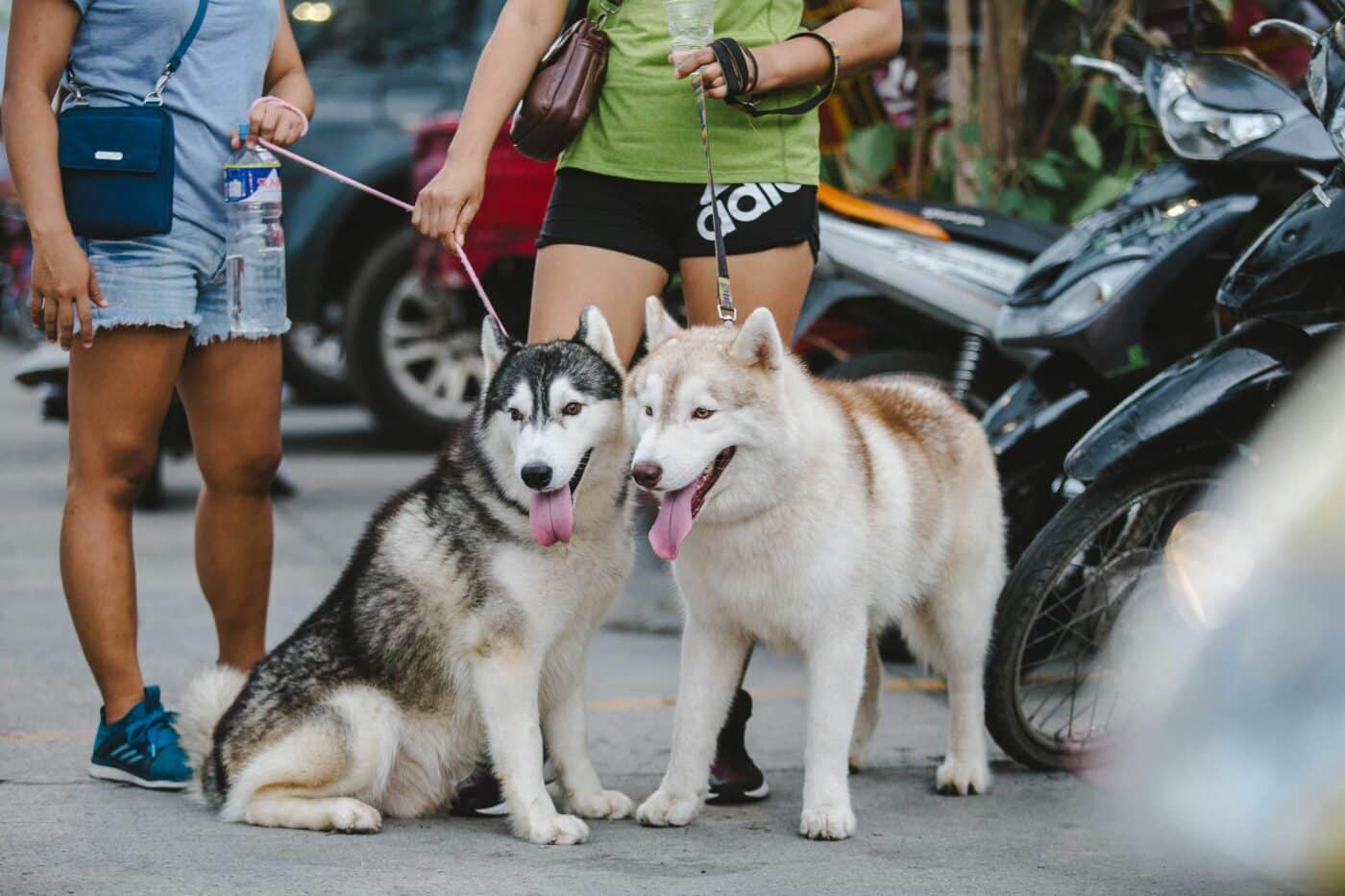
It’s important not to simultaneously overwhelm your rescue dog with too many new environments. While you may want to take them for walks or to new places immediately, starting slow is best. Gradual exposure to new environments—such as the backyard, different rooms in the house, and eventually walks in the neighborhood—will help build their confidence. Rescue dogs may feel anxious in unfamiliar places, so introducing new environments gradually allows them to process their surroundings without becoming overwhelmed. Always keep a close eye on their behavior and body language to ensure they’re comfortable.
Use a Calm, Reassuring Voice
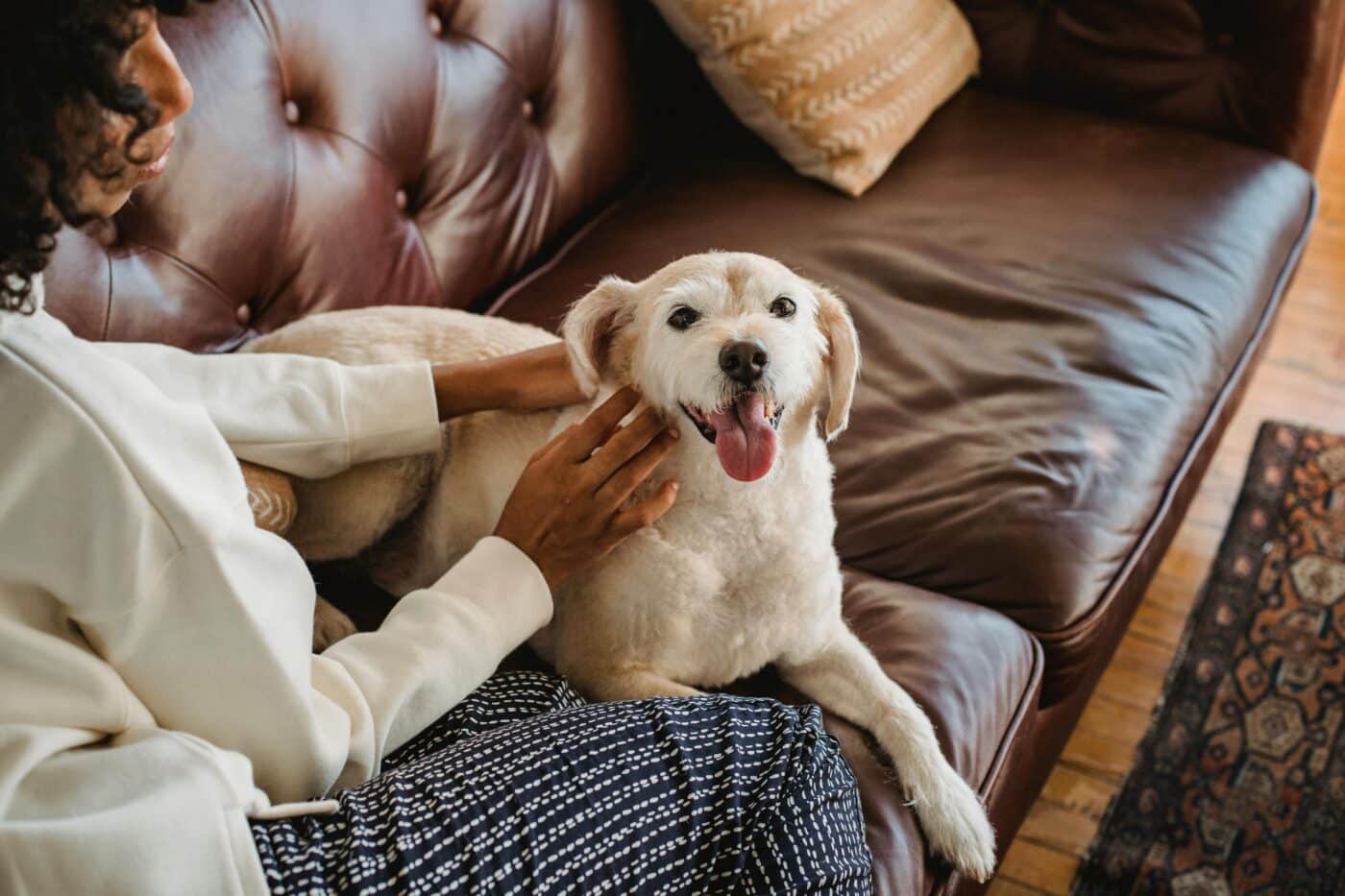
Your voice plays a big role in how your rescue dog perceives you. Speaking calmly, softly, and reassuringly can help reduce anxiety and make your dog feel more secure. Avoid raising your voice, even if you’re frustrated with their behavior. Rescue dogs may have experienced trauma, and loud voices or sudden movements could trigger fear or stress. Instead, focus on using a gentle voice to guide, praise, and reassure them that they are in a safe environment. Over time, they will associate your voice with comfort and security.
Stick to a Feeding Schedule

A consistent feeding schedule is essential for helping your rescue dog adjust to their new home. Not only does a regular schedule provide structure, but it also helps your dog feel secure, knowing when to expect their next meal. Rescue dogs may have experienced food insecurity, so maintaining a predictable feeding routine can help ease any anxiety around food. Be sure to offer high-quality dog food that meets their nutritional needs, and always have fresh water available. Over time, your dog will trust that they are in a stable, loving home.
Be Mindful of Body Language

Dogs communicate through body language, and learning to read your rescue dog’s signals is key to helping them adjust. Watch for signs of stress, such as yawning, lip licking, or pacing, and respond by giving them space or offering a calming activity. On the flip side, relaxed body language—like a wagging tail, soft eyes, and loose posture—indicates your dog feels more comfortable. Understanding your dog’s body language helps you tailor your approach to their needs, whether giving them more time to adjust or encouraging interaction when ready.
Provide Mental Stimulation
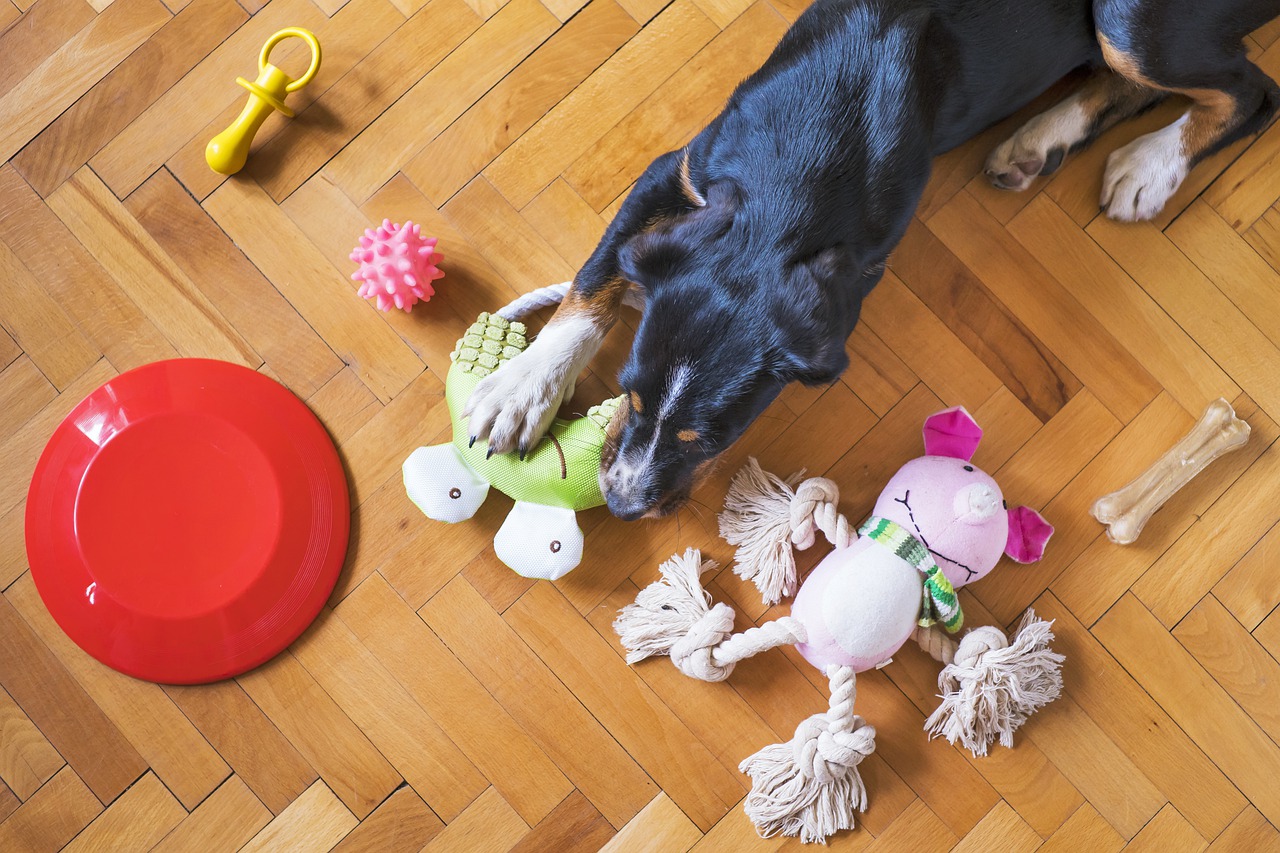
Mental stimulation is just as important as physical exercise when it comes to helping your rescue dog adjust. Offering puzzle toys, treat-dispensing toys, or simple training sessions can keep your dog’s mind engaged and prevent boredom. Mental stimulation helps build your dog’s confidence and provides an outlet for any pent-up energy or stress. Rescue dogs, in particular, may benefit from activities that challenge their minds, as it helps them focus on something positive and rewarding. Engaging your dog mentally strengthens your bond and helps them feel more secure in their new environment.
Take It Slow with Training
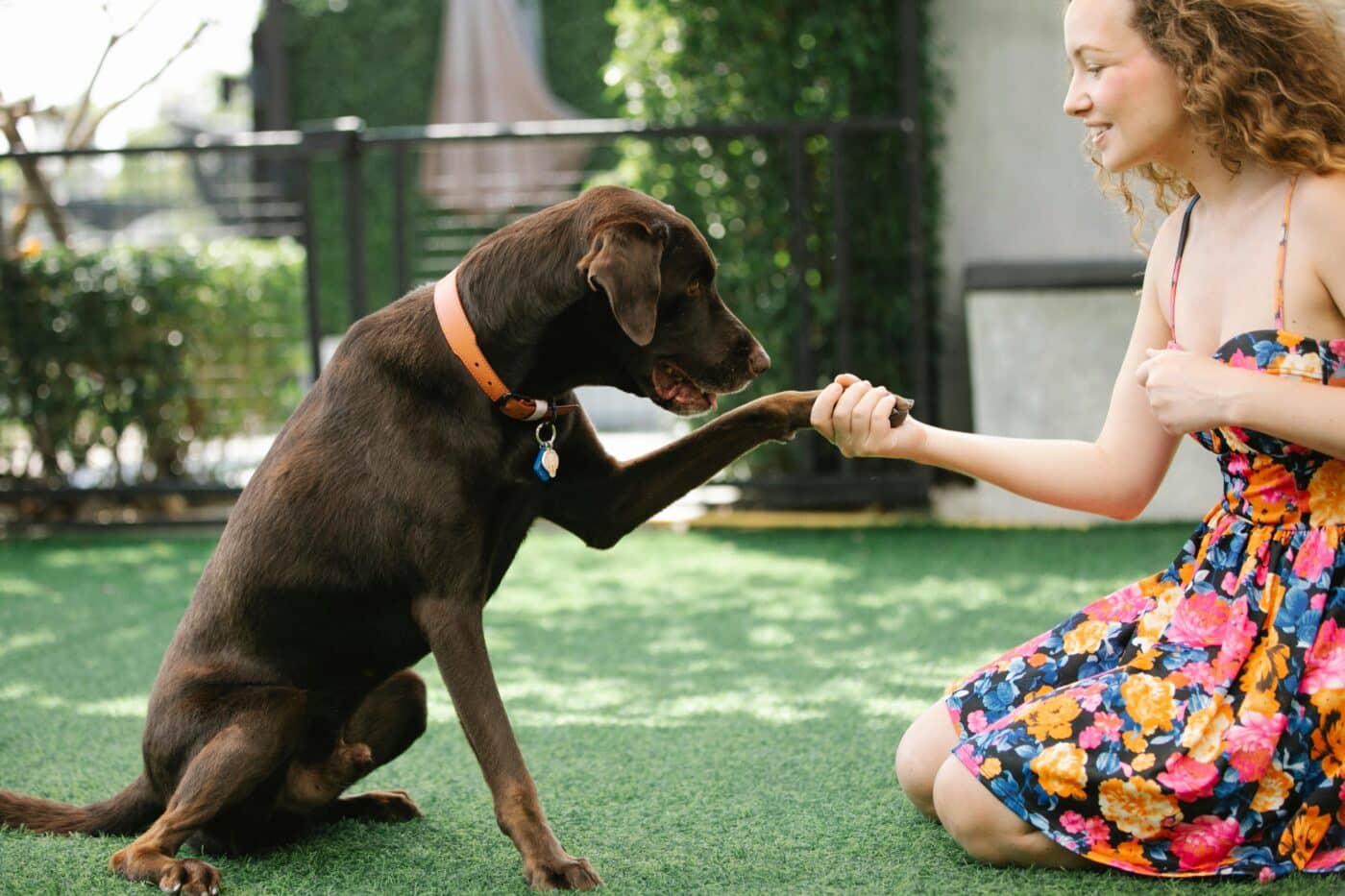
Training a rescue dog can be rewarding, but it’s important to take it slow and be patient. Rescue dogs may not have received much training in their previous homes, so they may need time to learn basic commands or manners. Start with simple commands like “sit,” “stay,” and “come,” and use positive reinforcement to encourage progress. Keep training sessions short and fun to prevent frustration. Over time, your dog will understand what’s expected of them and feel more confident in their learning ability. Consistency and patience are key to successful training.
Avoid Overstimulation

Rescue dogs can become overstimulated easily, especially in a new environment where everything is unfamiliar. Overstimulation can lead to anxiety, hyperactivity, or even aggressive behavior. To prevent this, avoid exposing your dog to too many new people, places, or activities simultaneously. Give them plenty of time to relax and decompress in their safe space. Pay attention to their energy levels and behavior, and if they seem overwhelmed, give them a break from stimulation. Keeping their environment calm and predictable will help them feel more at ease as they adjust to their new home.
Consistency is Key
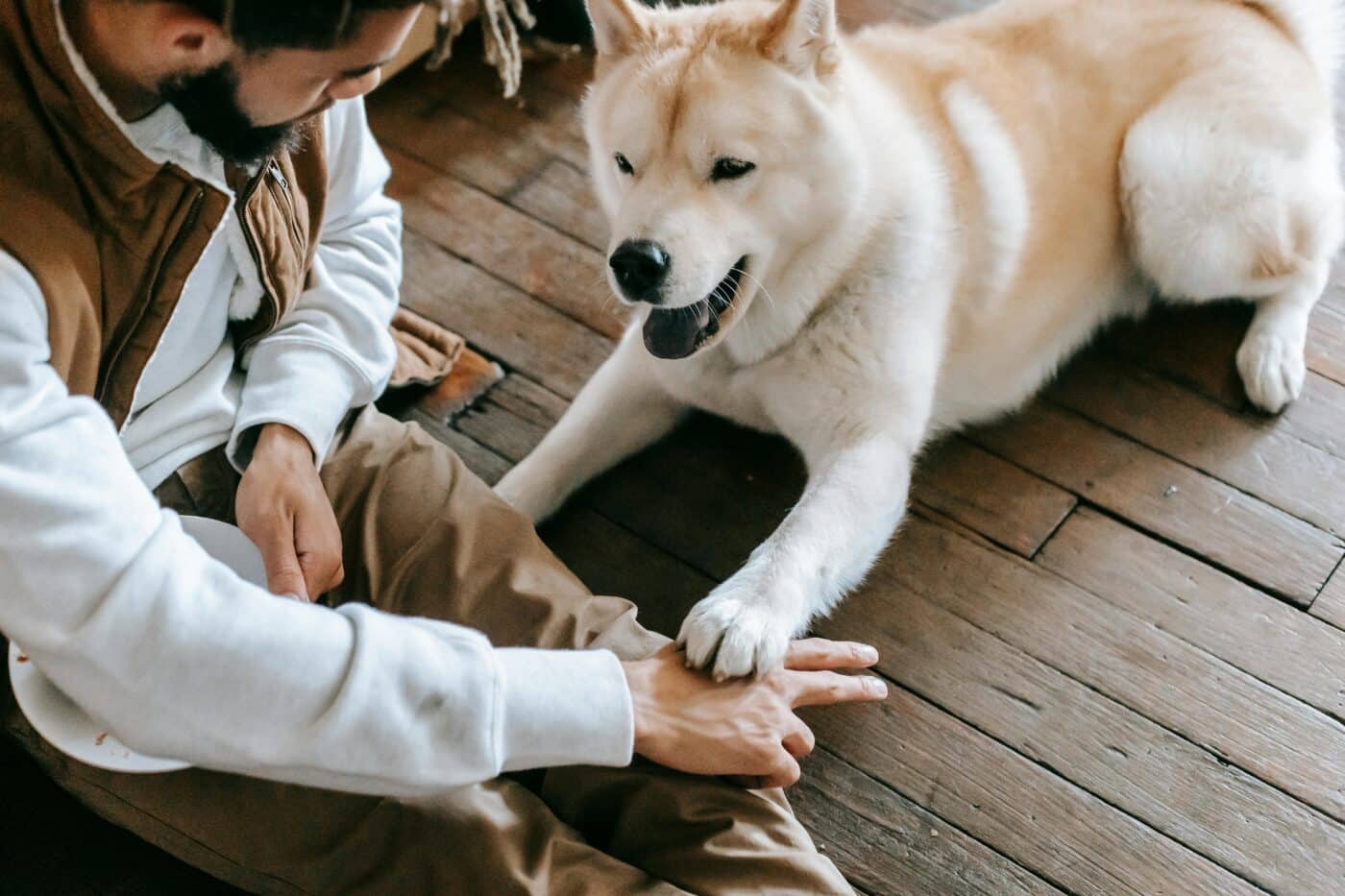
Consistency is one of the most important factors in helping a rescue dog adjust. Whether it’s sticking to a routine, using the same commands during training, or maintaining consistent rules in the household, dogs thrive on predictability. Rescue dogs may come from environments where they don’t have structure, so being consistent helps them feel more secure and understand what’s expected of them. Avoid sending mixed signals, such as allowing a behavior one day and correcting it the next. The more consistent you are, the faster your rescue dog will adapt to their new life.
Let Them Decompress

Many rescue dogs need time to decompress after leaving a shelter or in a difficult situation. This decompression period allows them to adjust to their new environment, process their experiences, and begin to relax. During this time, it’s important to give your dog space, provide a quiet environment, and avoid pushing them to interact too much. Letting your rescue dog decompress at their own pace helps reduce stress and sets the foundation for building trust. Over time, as they begin to feel more comfortable, they will open up and engage more with you and their new surroundings.
Celebrate Small Victories
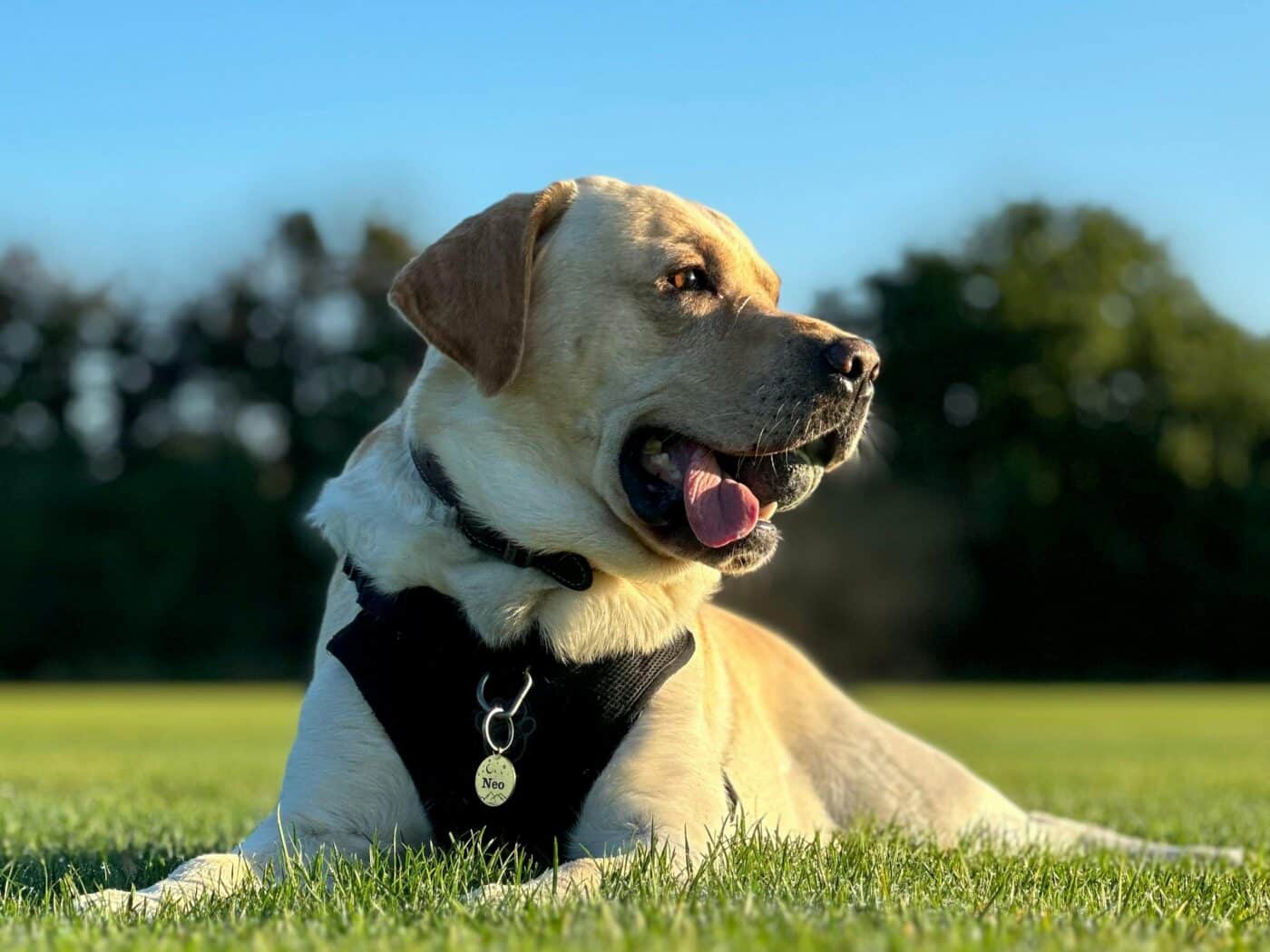
Helping a rescue dog adjust is a process, and it’s important to celebrate the small victories along the way. Whether it’s their first time wagging their tail, taking treats from your hand, or following a basic command, each step is a sign that your dog is growing more comfortable and confident. Celebrating these milestones reinforces positive behavior and strengthens your bond with your dog. Adjusting to a new home can be overwhelming for rescue dogs, so acknowledging their progress—no matter how small—can go a long way in helping them feel loved and supported.
The Road to Adjustment Is Paved with Patience and Love
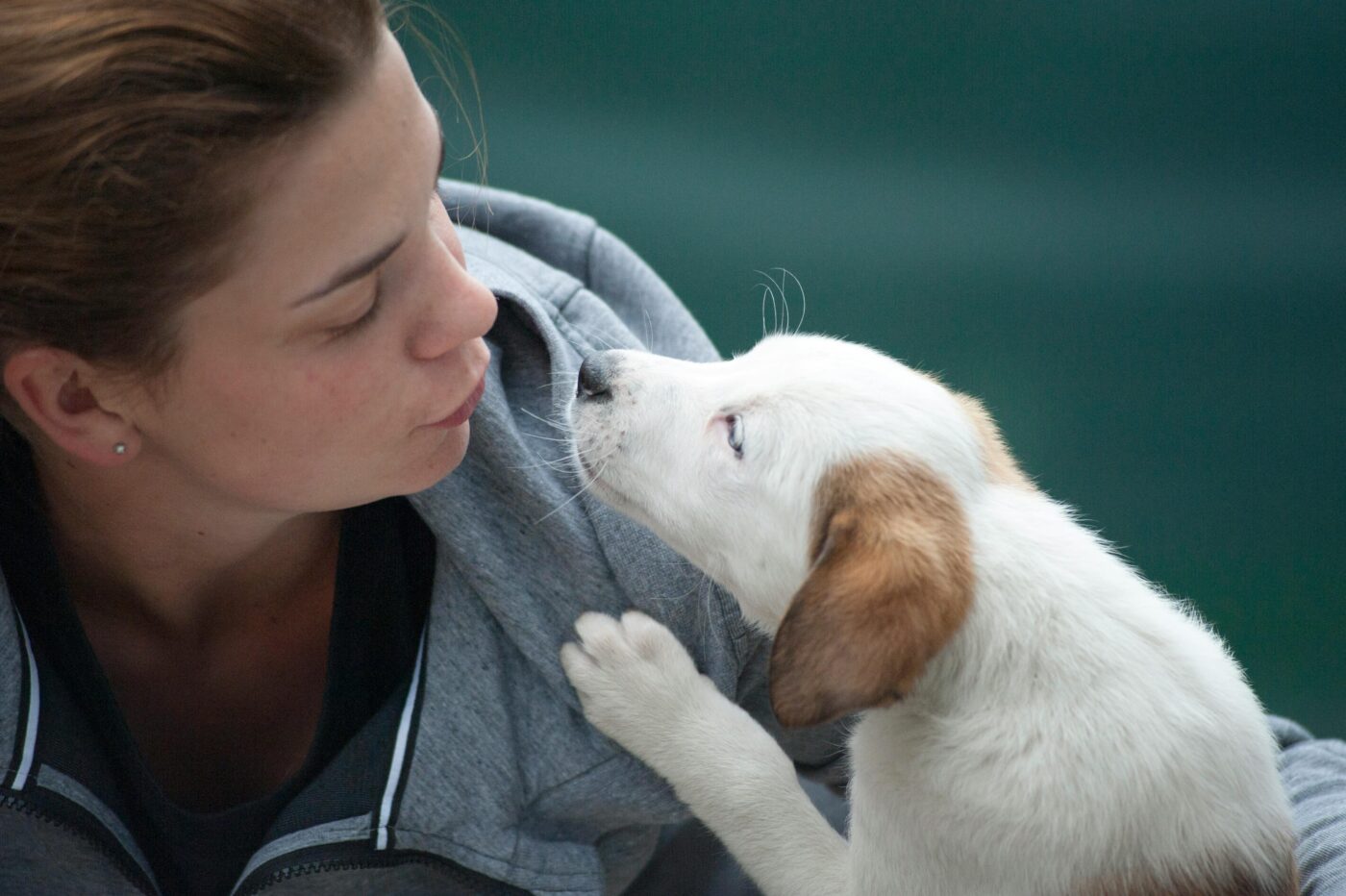
Helping your rescue dog adjust requires time, patience, and love. Providing a safe space, maintaining a routine, and allowing them time to decompress all contribute to building trust and security. Every rescue dog’s journey is different, but with consistent care and understanding, they will eventually thrive in their new environment. As you navigate the challenges of this adjustment period, remember to celebrate small victories and enjoy the unique bond you’re creating with your new furry friend. Each step forward brings you closer to a rewarding, lifelong companionship.
The post 15 Tips For Helping Your Rescue Dog Adjust appeared first on iHeartDogs.com.
